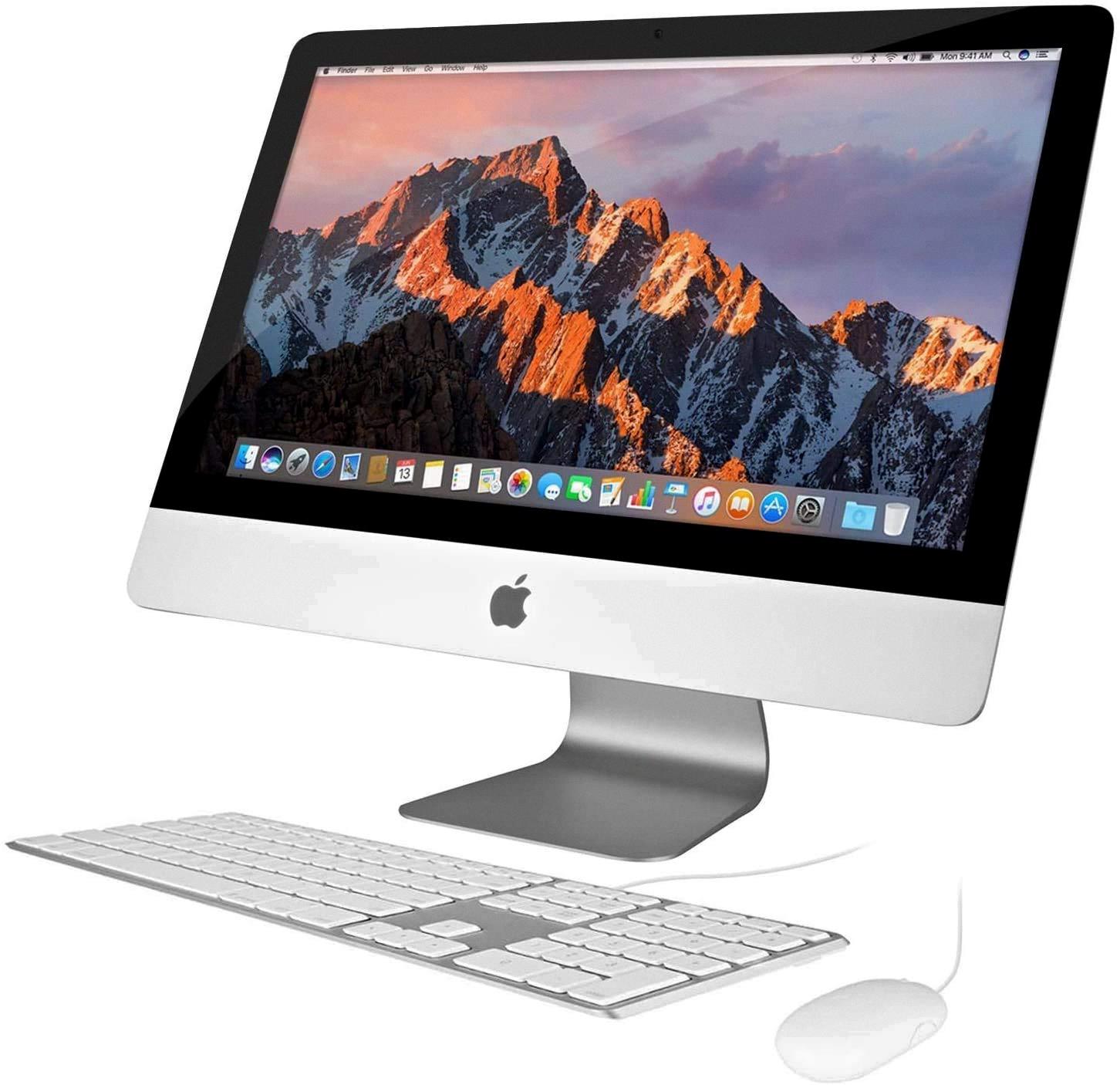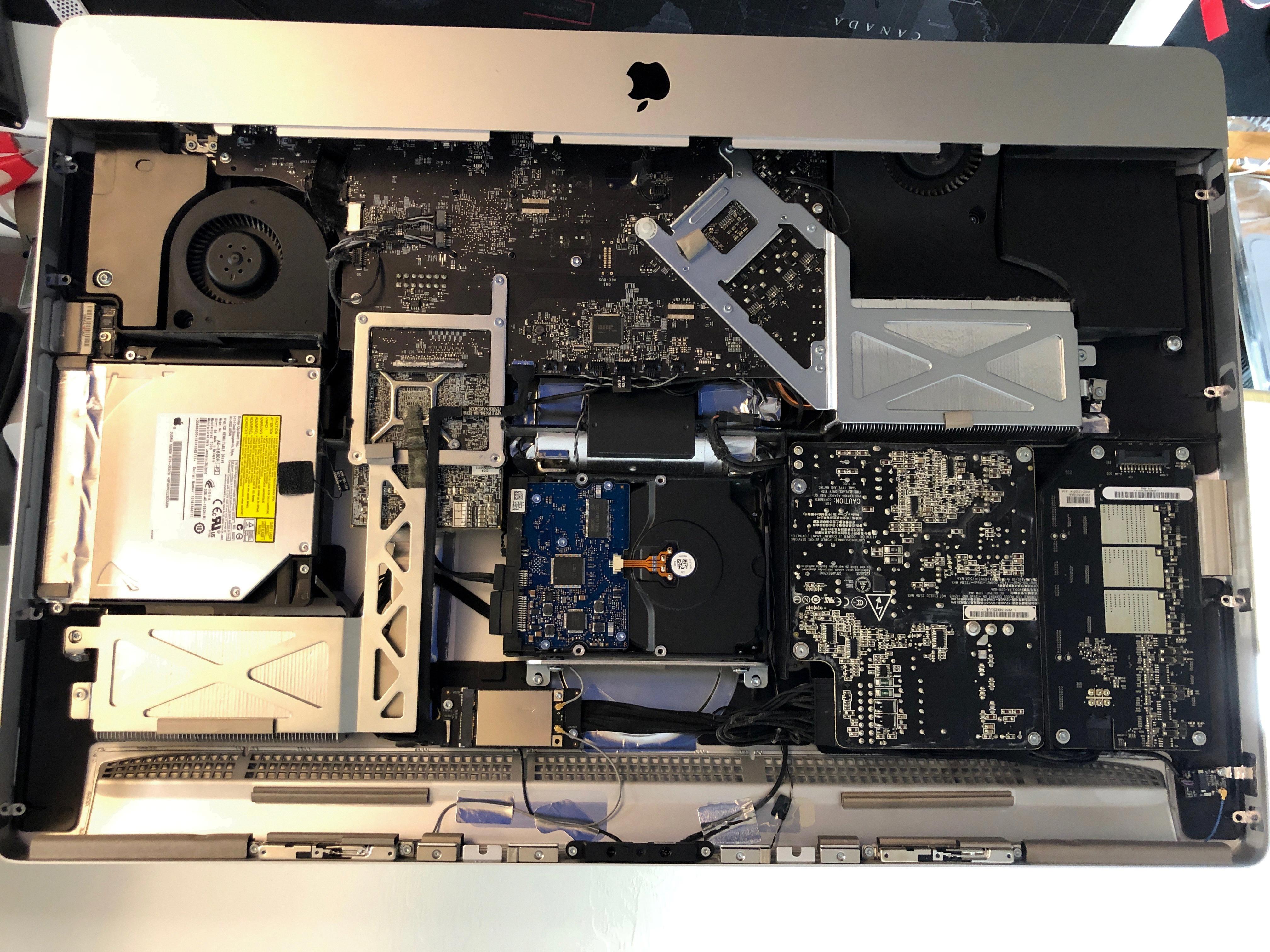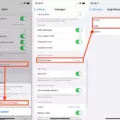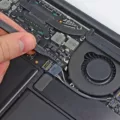Are you finding that your 2012 iMac is running slower than it used to? You’re not alone. As technology advances, the hardware and software of older machines may struggle to keep up. Fortunately, there are some steps you can take to speed up your 2012 iMac and get back some of its lost performance.
First off, check for any pending macOS updates. Apple regularly releases updates that are designed to improve the performance of older Macs, so make sure you have the latest version installed on your machine. If you’re running an older version of macOS, consider upgrading in order to benefit from the new features and performance improvements.
Next, try clearing out unneeded files and applications from your hard drive. Your hard drive may be cluttered with old files and programs that you no longer need or use. By cleaning out these unnecessary items, you can free up space on your hard drive and help speed up your computer.
You can also try adding more RAM (Random Access Memory) to your 2012 iMac if it has an available slot for a RAM upgrade. Adding extra RAM is one of the simplest and most effective ways to boost overall system performance, as it helps reduce lag time when multitasking or opening large files.
Finally, consider investing in a solid-state drive (SSD). Unlike traditional spinning hard drives that use magnetic disks to store data, SSDs use flash memory chips which are much faster at reading and writing data than conventional hard drives. Installing a high-capacity SSD in place of a traditional hard drive will give your iMac a significant performance boost compared to what it was capable of before.
By following these simple steps, you should be able to significantly improve the performance of your 2012 iMac and get back some of its lost speed and responsiveness. While these tips won’t turn your aging machine into a brand-new computer overnight, they can go a long way toward making sure that it runs as smoothly as possible for years to come!

Source: amazon.com
How to Speed Up an iMac
Yes, you can make your iMac faster by upgrading its memory. Memory, or RAM, helps your computer run faster and more efficiently by allowing it to store more data in a shorter amount of time. Increasing the amount of RAM will improve the performance of your iMac by allowing it to store and process more data simultaneously, which makes tasks like loading applications, playing games, and streaming videos much faster and smoother. It will also help with multitasking, as you will be able to open multiple apps simultaneously without slowing down your system. If you have an older model iMac with less RAM, then a memory upgrade is one of the most effective ways to improve its speed and performance.
Improving IMAC Performance
To help fix slow IMac performance, there are a few steps you can take. First, identify which processes are using the most resources and kill them if they’re not needed. This can be done through Activity Monitor. Second, make sure your Mac is running the latest version of macOS. Third, restart your Mac regularly to keep it running optimally. Fourth, free up space on your startup disk by deleting unnecessary files and applications that you don’t need. Fifth, limit the number of applications running in the background by managing your login items. Sixth, clear cache files on a regular basis to free up more space and improve performance. Finally, if possible, add more RAM to boost the speed of your iMac. If you follow these steps consistently, you should see an improvement in your IMac’s performance over time.
Identifying What Is Slowing Down My Mac
To determine what is slowing down your Mac, you can use Activity Monitor to check the memory usage of different apps and processes running on your Mac. To view this information, open the Activity Monitor app (located in Applications > Utilities) and click the Memory tab. This lists all of the active processes that are using memory on your Mac and how much each one is using. If any process is using an unusually large amount of memory, it could be causing your Mac to slow down. You can then quit or uninstall the app if necessary. Additionally, you may want to check for any software updates or hardware issues that could be causing problems with your Mac’s performance.
The Impact of Adding More RAM on iMac Performance
More RAM can improve your iMac’s performance, but it’s not a guarantee. Adding more RAM will allow your computer to store more data in memory and access it more quickly, which can reduce the amount of time it takes to open applications or complete tasks. However, if the applications you are running are not optimized for the extra RAM, or if they require more processing power than your computer has available, then adding more RAM may not make a noticeable difference in performance. It is best to consult Apple or a qualified technician to determine if upgrading your RAM is appropriate for your specific needs.
Clearing Cache on a Mac
Clearing your Mac’s cache can help free up storage and improve system performance, so it’s a good idea to do it regularly. To clear the cache on your Mac, you’ll need to open Finder and press Shift+Command+G on the keyboard. This will bring up a Go to Folder field; in the field, enter ~/Library/Caches and click Enter. This will take you to a folder containing cached files. Select the files you want to delete (you might need to confirm your intention) and clear them from your computer. After this is done, restart your Mac for the changes to take effect.
Cleaning System Files on a Mac
Cleaning system files on your Mac is an important part of maintaining its performance. There are several steps you can take to do this:
1. Delete Unneeded Files: Open the Finder and search for “Large Files” or “All My Files”. Delete any files that are no longer needed, such as old downloads, large documents, or old photos.
2. Empty Your Trash: Click on the Finder icon in your dock and select “Empty Trash”. This will delete any files you have put in the trash bin, freeing up disk space and improving performance.
3. Remove Application Caches: Go to the Finder menu and choose Go menu > Go to Folder. Type ~/Library/Caches and press Enter. Remove any folders associated with apps you no longer use on your device.
4. Clean Up System Logs: Open Console from the utility folder in Applications and select Show Log List from the View menu. Choose a log file that is consuming a significant amount of disk space and click on it once to highlight it, then press Command+A to select all items in the list. Click Clear Display to delete all of them at once, freeing up more space on your Mac’s hard drive.
5. Repair Disk Permissions: Open Disk Utility from the utility folder in Applications and select your startup disk from the list of volumes on the left side of the window. Click the Repair Disk Permissions button at the bottom right corner of the window, which will check for any permissions problems related to system files and repair them accordingly if needed.
Following these steps should make sure your Mac is running as efficiently as possible!
Cleaning Up a Mac
Cleaning up your Mac can help keep it running smoothly and efficiently. To do this, the first step is to make sure you have all the latest software updates installed. This will ensure your system is running with the most up-to-date security protocols and bug fixes.
Next, check your startup items. Unnecessary programs that run in the background can slow down your machine. If you don’t recognize any of them, take a few minutes to research each one before disabling it from launching at startup.
After that, go through and uninstall any applications you no longer need or use. The downloads folder is also a great place to clean out old files that are taking up space on your hard drive.
Then, use Disk Utility to tidy up your storage disk by running First Aid on it. This will check for any errors or inconsistencies in the data structure and repair them if possible.
The next step is to clean out the cache from all of your browsers and applications. A cluttered cache can cause slowdown or problems with webpages loading correctly, so it’s important to do this regularly for optimal performance.
Finally, remove any resource-hungry programs that are using too much of your system’s resources and slowing down overall performance. These may be large games or video editing software, which are not necessary for the everyday use of your computer.
By following these steps you should have a cleaner, more optimized Mac system!
Conclusion
The 2012 iMac is an excellent choice for those looking for a powerful Mac with modern features and an iconic design. With its Intel Core i5 processor, 8GB of RAM, and 1TB Hard Drive, the 2012 iMac offers plenty of performance to get your everyday tasks done quickly. Furthermore, its sleek aluminum design and beautiful Retina Display make it a great option for creative professionals who need both power and style. If you’re in the market for a reliable all-in-one desktop computer at a reasonable price, the 2012 iMac is definitely worth considering.








